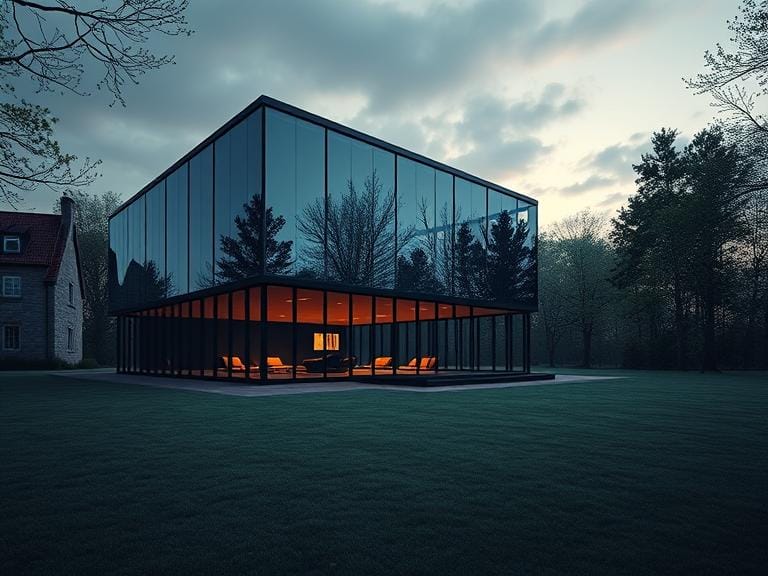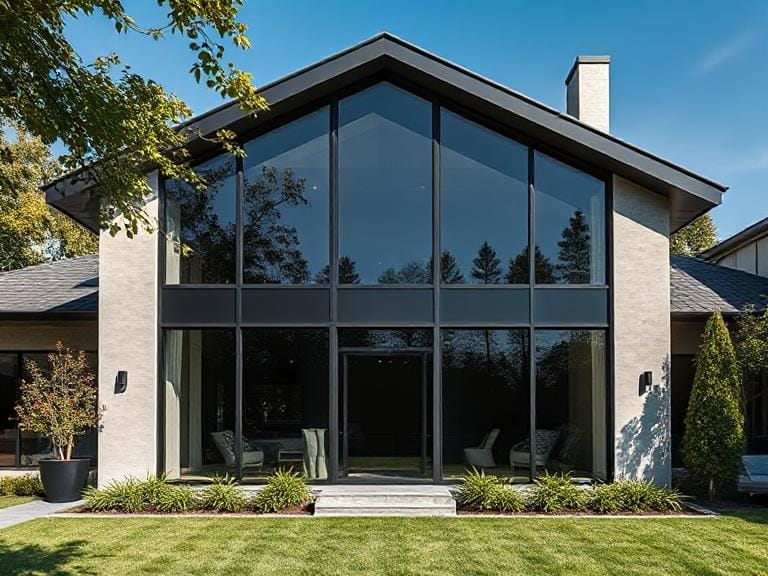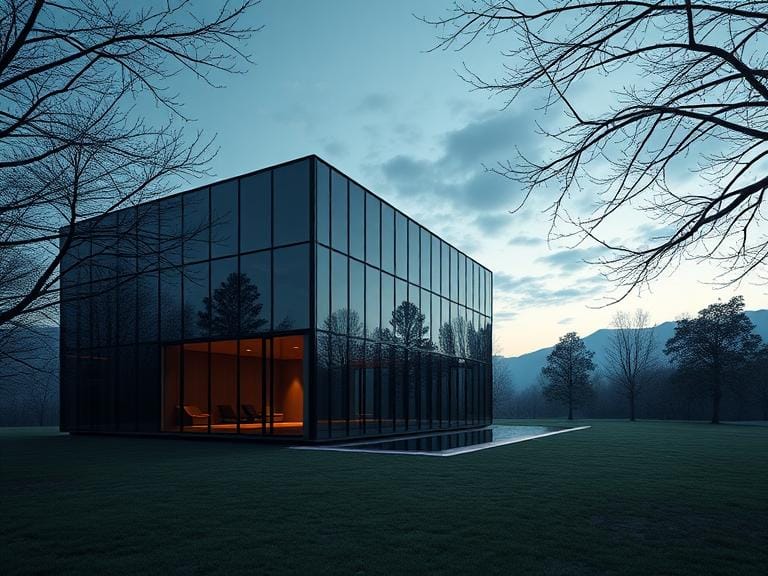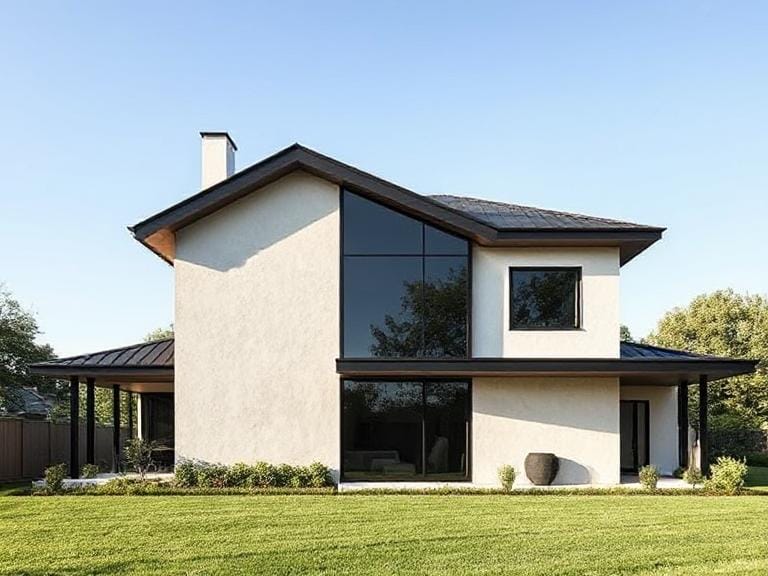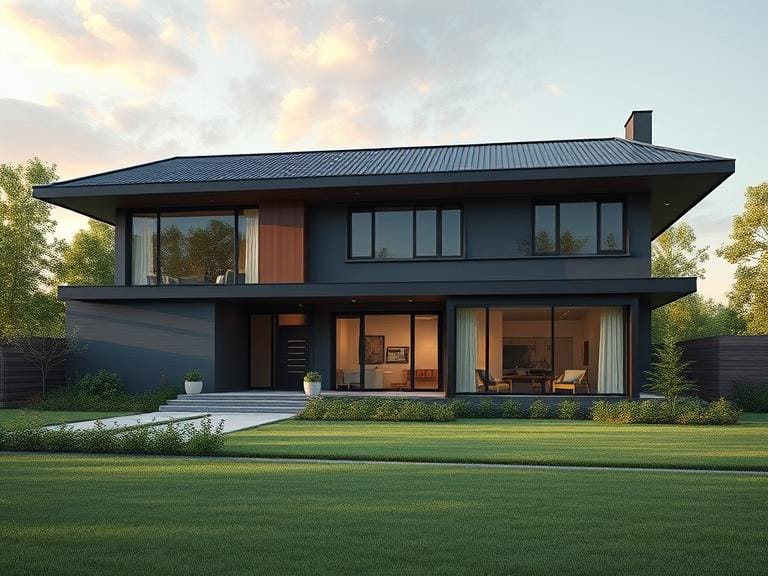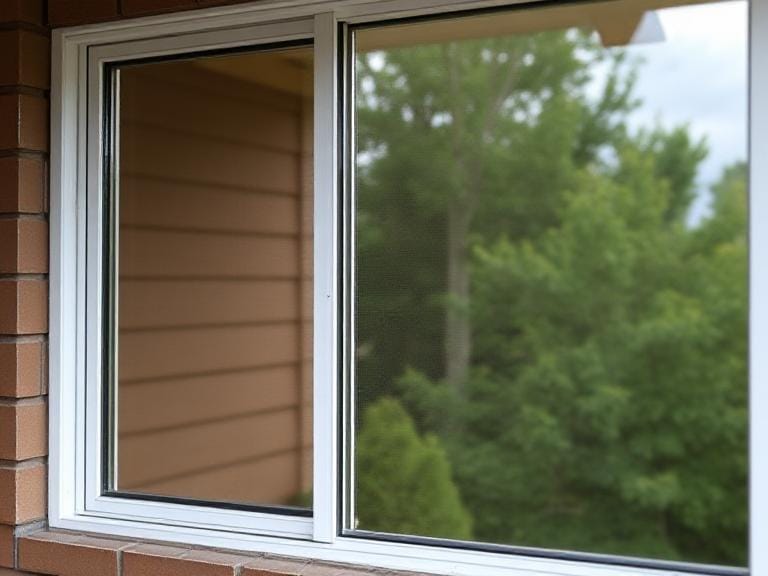Why Mississauga Homeowners Are Choosing UV-Blocking Window Films
Ultraviolet (UV) rays are a form of electromagnetic radiation emitted by the sun, and they can affect individuals both indoors and outdoors. These rays are divided into three main categories: UVA, UVB, and UVC, each with distinct characteristics and impacts. UVA rays, which account for approximately 95% of the UV radiation reaching the Earth, can penetrate the skin deeply, contributing to photoaging and increasing the risk of skin cancer. UVB rays, although less prevalent, are responsible for causing sunburn and play a significant role in the development of melanoma. UVC rays have the shortest wavelength and are completely absorbed by the ozone layer, thus not impacting human health in normal circumstances.
While many individuals seek shelter indoors to avoid harmful UV rays, it is essential to note that UV radiation can still penetrate through glass windows. Ordinary window glass blocks out UVB rays, but it allows a considerable amount of UVA rays to pass through, exposing occupants to their detrimental effects. This exposure can lead to skin damage, including premature aging and an increased risk of skin cancers over prolonged periods. Therefore, understanding the impact of UV rays is crucial for anyone concerned about skin health and safety.
Moreover, UV rays also have a significant impact on home interiors. Prolonged exposure can lead to the fading of furniture, carpets, curtains, and artwork, resulting in decreased aesthetic appeal and potential value loss over time. This issue highlights the importance of protective measures, such as the installation of UV-blocking window films, which can substantially reduce UV radiation entering the home while maintaining visibility and comfort. By investing in such films, homeowners in Mississauga can protect their health and preserve the longevity of their household items.
Benefits of UV-Blocking Window Films
In recent years, more homeowners in Mississauga have recognized the advantages of installing UV-blocking window films in their residences. One of the primary benefits is the significant reduction of harmful ultraviolet (UV) radiation that can enter homes through windows. Prolonged exposure to UV rays can lead to various health issues, including skin cancer and accelerated aging. By applying UV-blocking window films, residents can enjoy their indoor spaces without the worry of UV-related health concerns.
Moreover, these films contribute to enhanced comfort within the home. They work effectively to minimize glare, which can be particularly bothersome during sunny days. Homeowners can thus enjoy a more pleasant environment while watching television or engaging in other activities that require reduced glare. This increased comfort contributes to an overall improvement in the quality of life for residents.
From a material standpoint, UV-blocking window films play a crucial role in preserving home furnishings. Items such as carpets, furniture, and artwork can be significantly affected by direct sunlight, leading to fading and deterioration over time. By limiting UV exposure, homeowners can extend the lifespan of their valuable possessions, ultimately leading to cost savings in replacement and restoration.
In addition to protecting furnishings, these films also promote energy efficiency. By reducing heat accumulation within the home, UV-blocking window films can lead to lower energy consumption as residents may rely less on air conditioning during the warmer months. This energy savings translates into reduced utility bills, making the investment in window films cost-effective in the long run.
Lastly, UV-blocking window films provide aesthetic benefits by allowing homeowners to maintain their views while enhancing privacy. Unlike traditional window coverings, which can often obstruct natural light and scenic views, these films offer the flexibility of enjoying the external environment while ensuring a degree of privacy from outsiders. This balance creates a more inviting living space that homeowners can cherish.
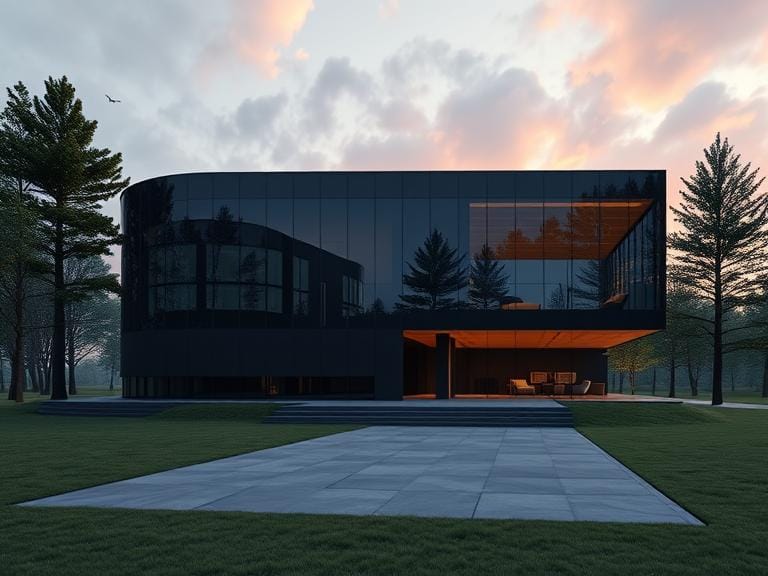
Environmental Considerations and Energy Efficiency
In recent years, homeowners in Mississauga have become increasingly conscious of their environmental impact and are seeking effective ways to enhance energy efficiency in their homes. One significant advancement in home improvement is the use of UV-blocking window films. These films serve multiple purposes, primarily focusing on energy conservation and sustainability.
UV-blocking window films act by reflecting and absorbing a significant portion of the sun’s harmful ultraviolet rays. This reflection not only helps to keep indoor spaces cooler during the hot summer months, but it also reduces the reliance on energy-intensive air conditioning systems. By minimizing the need for artificial cooling, homeowners can enjoy lower energy bills while simultaneously reducing their energy consumption, contributing to a decrease in greenhouse gas emissions associated with electricity generation.
Furthermore, the application of UV-blocking window films can play a vital role in lowering carbon footprints. As households consume less energy due to decreased air conditioning needs, they inherently reduce their overall environmental impact. This is a crucial consideration in the context of climate change and the urgent need to lower carbon emissions globally. By choosing to install eco-friendly window films, Mississauga homeowners can participate in the broader goal of environmental stewardship.
Additionally, these films contribute to sustainable living by extending the lifespan of a home’s interior furnishings and decor. By blocking UV rays, window films help prevent fading and deterioration of carpets, furniture, and artwork. This further supports sustainable practices by reducing the frequency of replacements and minimizing waste, leading to a more responsible consumption model. Thus, the adoption of UV-blocking window films aligns not only with personal energy-saving goals but also with a commitment to protect the environment for future generations.
Choosing the Right UV-Blocking Window Film
When it comes to selecting the ideal UV-blocking window film for your home, several critical factors should be taken into consideration. First and foremost, the types of films available on the market can significantly affect both the aesthetic and functional aspects of your windows. Common options include dyed films, metallized films, and ceramic films, each with distinct advantages. Dyed films provide basic heat rejection and UV protection, while metallized films enhance durability and reflectivity. On the other hand, ceramic films offer superior heat rejection and clarity, making them a popular choice among homeowners.
Another vital aspect to consider is film thickness. Thicker films typically provide better UV protection and durability but may also influence the visible light transmission (VLT). Homeowners need to strike a balance between natural light intake and UV protection according to their preferences and needs. The VLT rating measures how much light enters the space; lighter films with higher VLT might appeal to those who prefer brighter interiors, while darker films may offer more significant heat and glare reduction.
Furthermore, warranty options play a crucial role in ensuring the longevity and effectiveness of window films. A good warranty can provide peace of mind, indicating the manufacturer’s confidence in their product’s performance. Homeowners should look for brands that offer comprehensive warranties, covering issues like bubbling, peeling, and fading.
For many, the decision between professional installation and DIY options may hinge on skill level and the complexity of the chosen film. While professional installation typically guarantees a flawless application, DIY kits can be a cost-effective option for those confident in their abilities. Regardless of the route chosen, reputable brands such as 3M, Llumar, and Huper Optik provide quality window films with extensive customer support and resources, ensuring homeowners can make well-informed choices tailored to their specific requirements.

